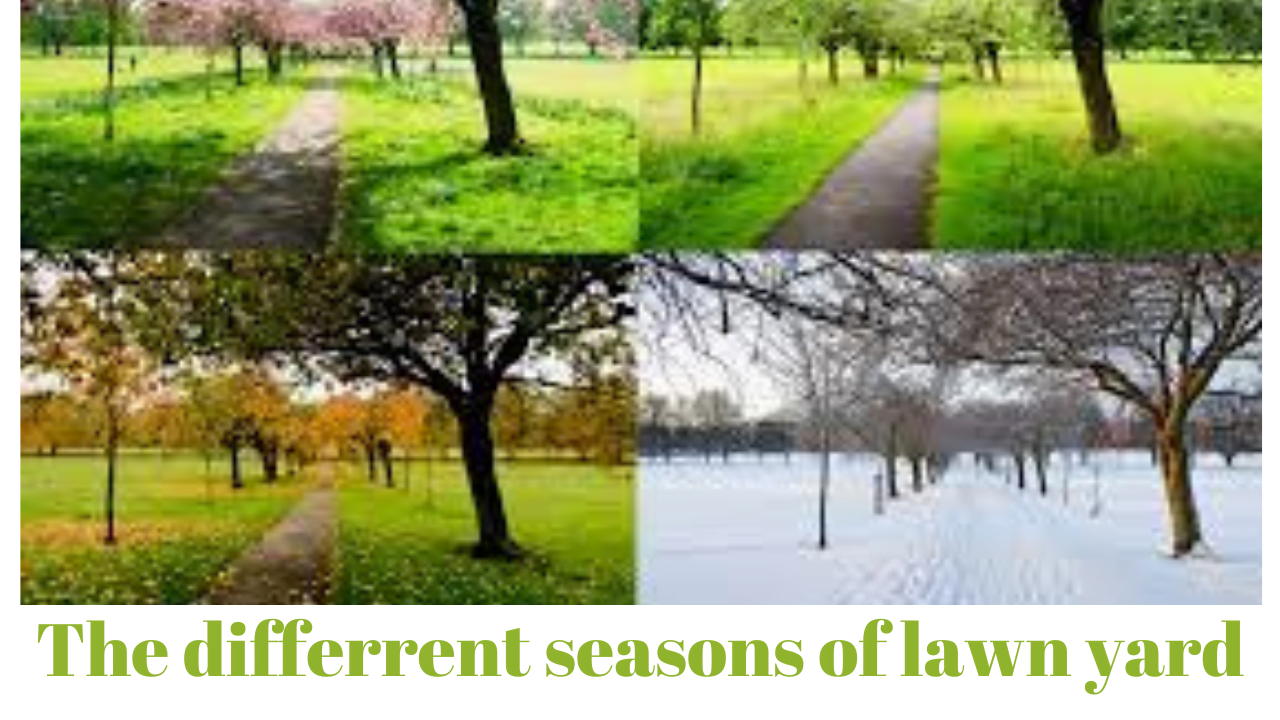Table of Contents
Boudhanath Stupa: A Spiritual and Architectural Marvel in Nepal
Introduction
Nestled in the heart of Kathmandu, Nepal, Boudhanath Stupa (also known as Bodnath Stupa) stands as a symbol of spirituality, cultural significance, and architectural beauty. This World Heritage Site attracts thousands of pilgrims and tourists alike, who come to immerse themselves in the rich Tibetan Buddhist tradition, admire the monastery’s intricately designed Mandala, and experience the calming effects of prayer flags and prayer wheels. In this article, we’ll explore the history, architecture, and cultural aspects of Boudhanath Stupa, as well as its impact on tourism in the region.
History of Boudhanath Stupa
A. Origins
The origins of Boudhanath Stupa date back to the 5th century, making it one of the oldest and most significant Buddhist stupas in Nepal. It is believed to have been built by the Licchavi King Manadeva to enshrine the relics of the Buddha. The stupa has been a sacred pilgrimage site for both Nepalese and Tibetan Buddhists for centuries.
B. Restoration
Over the years, the stupa has undergone several restorations due to natural disasters and wear and tear. Most recently, after the devastating earthquake in 2015, Boudhanath Stupa was meticulously restored to its former glory, with the help of international donors and the local community.
Architecture of Boudhanath Stupa
A. The Mandala Design
The stupa’s unique architectural design is based on the Mandala concept, a cosmic diagram representing the Buddhist universe. The stupa is laid out in a circular fashion, with a central dome surrounded by a series of terraces and smaller stupas. This design symbolizes the journey towards enlightenment and serves as a powerful visual aid for meditation.
B. Dome and Chorten
The central dome of Boudhanath Stupa is a massive structure, symbolizing the universe. On top of the dome sits a square Chorten or tower, adorned with four pairs of eyes that watch over the world in all directions. The Chorten is crowned with a golden spire, representing the path to enlightenment.
C. The Four Pairs of Eyes
One of the most distinctive features of Boudhanath Stupa is the four pairs of eyes painted on each side of the Chorten. These eyes, known as the Buddha’s wisdom eyes, are said to see all existence and symbolize the omnipresent nature of the Buddha’s compassion and wisdom.
Tibetan Buddhism and Its Influence
A. Monasteries and Temples
Boudhanath Stupa is surrounded by several monasteries and temples, making it a center for Tibetan Buddhist study and practice. Pilgrims and tourists can visit these monasteries to gain insights into the rich tradition of Tibetan Buddhism, observe rituals, and interact with the monks who reside there.
B. Prayer Flags and Prayer Wheels
One of the most captivating sights at Boudhanath Stupa is the colorful prayer flags that flutter in the breeze, sending blessings and positive energy to all who pass by. These flags are inscribed with sacred mantras that are believed to be carried by the wind, spreading goodwill and compassion. Similarly, the prayer wheels found around the stupa are engraved with mantras, and turning them is said to generate spiritual merit and purify the soul.
Meditation and Spiritual Practices
Boudhanath Stupa serves as a hub for spiritual seekers, who come to engage in meditation and other practices aimed at attaining enlightenment. The serene atmosphere, the soothing sound of prayer wheels, and the sacred energy of the stupa create an ideal environment for reflection and introspection.
Cultural Significance and Buddhist Philosophy
Boudhanath Stupa is not only a stunning architectural masterpiece but also a living embodiment of Buddhist philosophy. The stupa represents the path to enlightenment, with its various levels symbolizing the stages of spiritual development. The sacred site also plays a crucial role in preserving and promoting the cultural heritage of the region, as it serves as a center for Buddhist teachings, rituals, and festivals.
Tourism and Pilgrimage Destination
A. Accommodations and Facilities
As a major pilgrimage destination and tourist attraction, the area surrounding Boudhanath Stupa offers a variety of accommodations, from budget guesthouses to luxury hotels. Visitors can also enjoy a wide range of cafes and restaurants, serving both traditional Nepalese cuisine and international dishes.
B. Events and Festivals
Throughout the year, Boudhanath Stupa hosts numerous events and festivals, drawing crowds of both locals and tourists. Among the most popular are the Tibetan New Year (Losar) and Buddha Jayanti, which are celebrated with vibrant processions, prayers, and cultural performances.
Conclusion
Boudhanath Stupa, with its breathtaking architecture, spiritual significance, and rich cultural heritage, stands as a testament to the resilience and devotion of the Nepalese and Tibetan Buddhist communities. As a World Heritage Site, it continues to attract visitors from around the globe, offering a unique glimpse into the ancient wisdom and timeless beauty of Buddhist philosophy and art.
FAQs
What is the best time to visit Boudhanath Stupa?
The best time to visit Boudhanath Stupa is between October and December when the weather is pleasant, and the skies are clear.
How can I reach Boudhanath Stupa?
Boudhanath Stupa is located in Kathmandu, Nepal, and can be easily reached by taxi, bus, or on foot from the city center.
Is there an entrance fee for Boudhanath Stupa?
Yes, there is a nominal entrance fee for foreign visitors, which contributes to the maintenance and preservation of the site.
Can I participate in meditation and spiritual practices at the stupa?
Yes, visitors are welcome to engage in meditation and other spiritual practices at Boudhanath Stupa, respecting the sanctity of the site and following local customs.
Are there any restrictions on photography at Boudhanath Stupa?
Photography is generally allowed at the stupa, but it is advised to seek permission before taking pictures inside the monasteries and during religious ceremonies.









